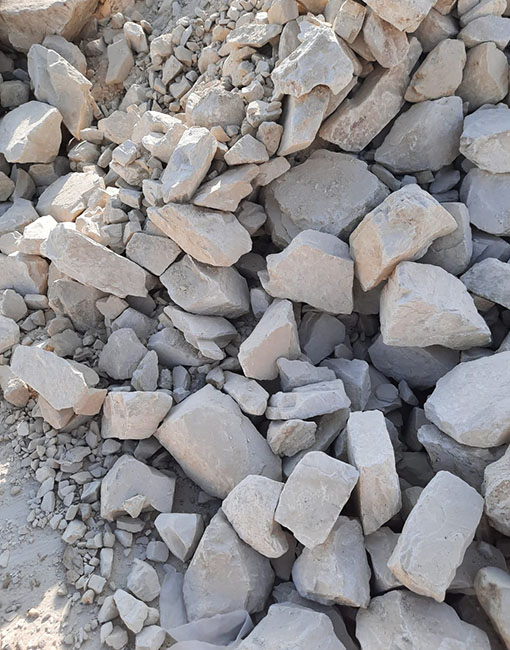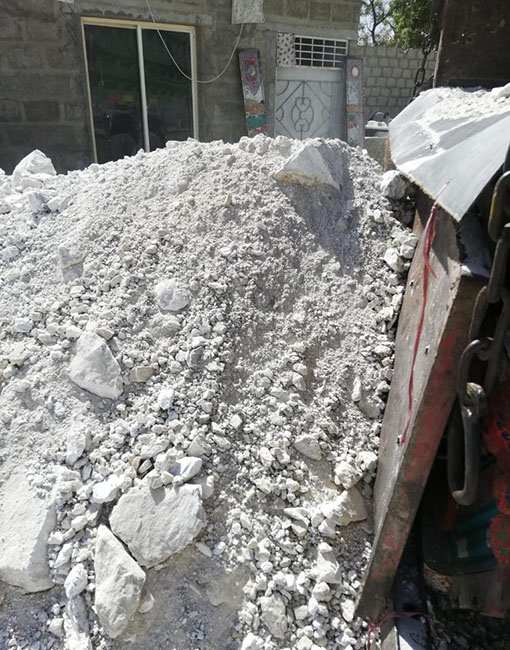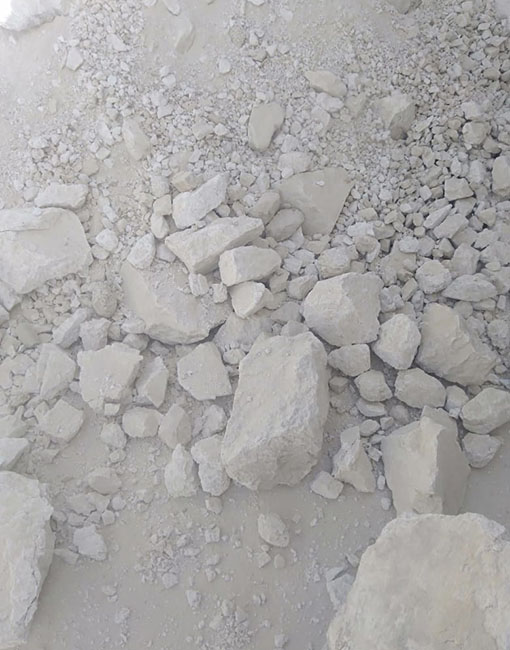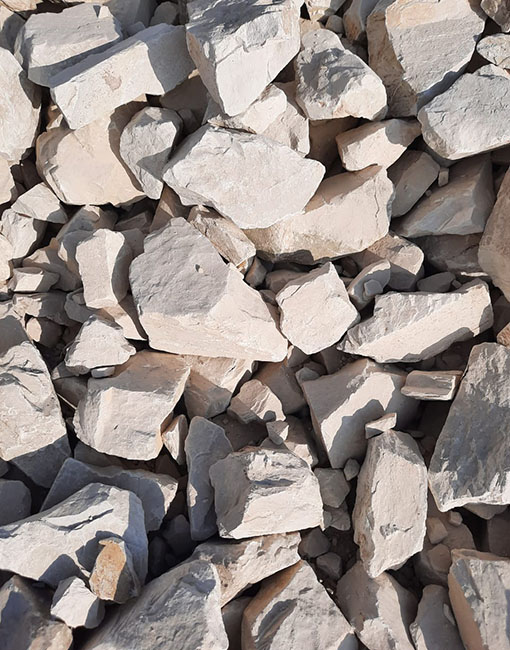Feldspar
Feldspars (sometimes spelled felspars) are a group of rock-forming aluminum tectosilicate minerals, also containing other content such as sodium, calcium, potassium, or barium. The most common members of the feldspar group are the plagioclase (sodium-calcium) feldspars and the alkali (potassium-sodium) feldspars. Feldspars make up about 60% of the Earth’s crust, and 41% of the Earth’s continental crust by weight.
Feldspars crystallize from magma as both intrusive and extrusive igneous rocks and are also present in many types of metamorphic rock. Rock formed almost entirely of calcic plagioclase feldspar is known as anorthosite. Feldspars are also found in many types of sedimentary rocks.
Industrial Applications
Feldspar is a common raw material used in glassmaking, ceramics, and to some extent as a filler and extender in paint, plastics, and rubber. In the US, about 66% of feldspar is consumed in glassmaking, including glass containers and glass fiber. Ceramics (including electrical insulators, sanitary ware, tableware and tile) and other uses, such as fillers, accounted for the remainder
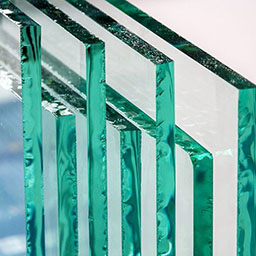
Glass
Feldspar provides both K2O and Na2O for fluxing, and Al2O3 and CaO as stabilizers. As an important source of Al2O3 for glassmaking, feldspar is valued for a low iron and refractory mineral content, a low cost per unit of Al2O3, no volatiles and no waste
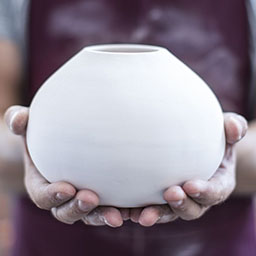
Ceramics
Feldspars are used in the ceramic industry as a flux to form a glassy phase in bodies during firing, and thus promote verification. They also are used as a source of alkalis and alumina in glazes.[36] The composition use of feldspar in different ceramic formulations varies depending on various factors, including the properties of the individual grade, the other raw materials and the requirements of the finished products. However, typical additions include: tableware, 15% to 30% feldspar; high-tension electrical porcelains, 25% to 35%; sanitary ware, 25%; wall tile, 0% to 10%; and dental porcelain up to 80% feldspar

